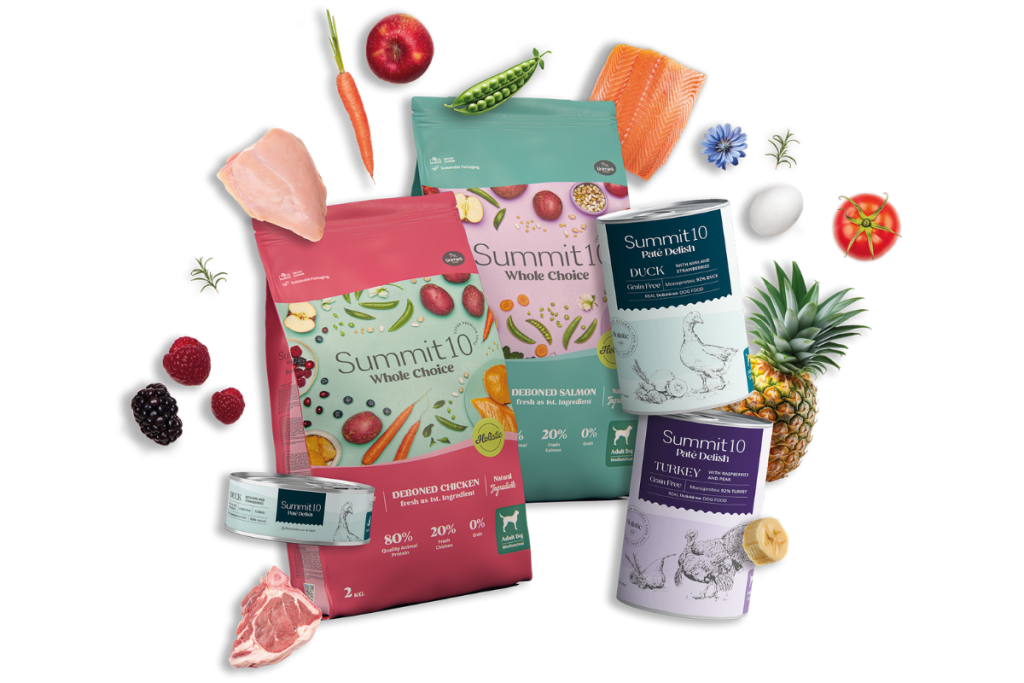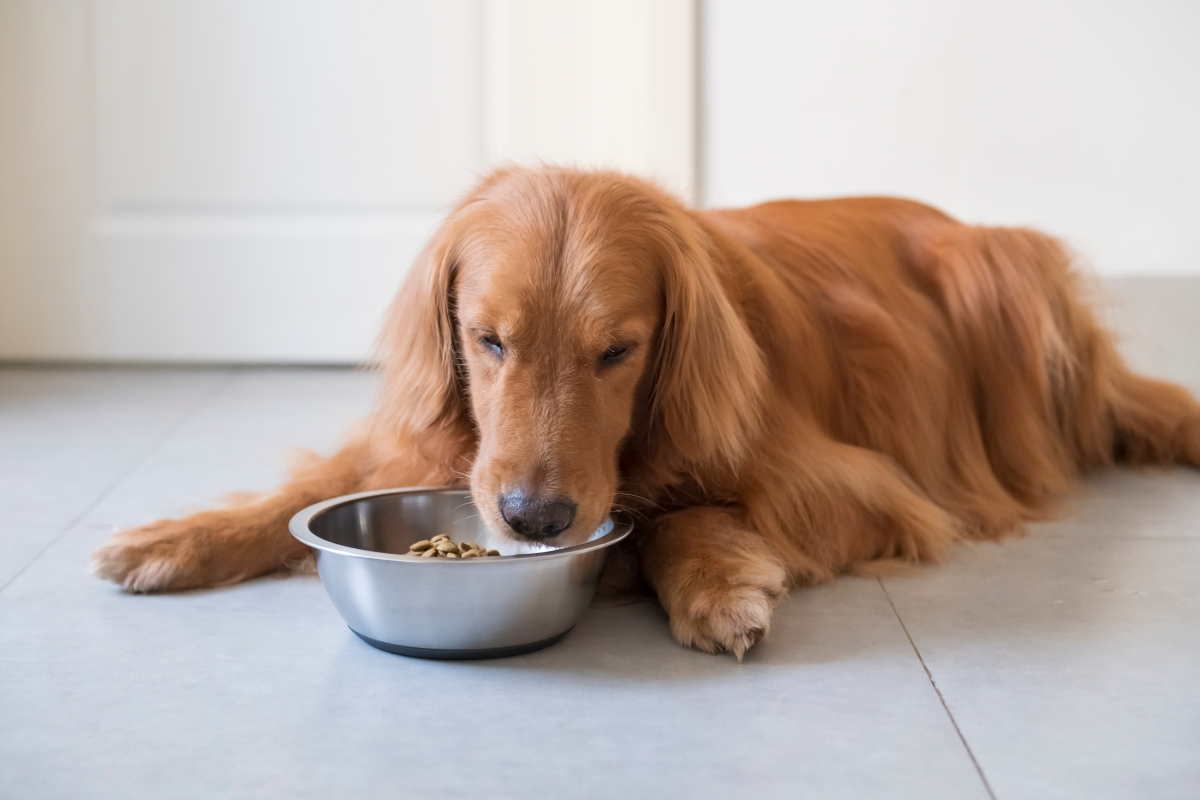In recent years, the term “super premium” has become a mark of quality within the pet nutrition industry. However, many pet parents wonder: what does super premium dog and cat food really mean?
The answer is not always straightforward, because this type of commercial segmentation is not regulated by law. This means that each brand can use the label differently, which sometimes creates confusion.
What Does It Mean for a Food to Be Super Premium?
Even though there is no official regulation, we can broadly identify certain characteristics that set these foods apart from economic ranges:
Fixed and Consistent Formulas
In super premium food, recipes are developed with fixed formulas, ensuring that each batch is identical to the previous one. In contrast, economy pet foods often use variable formulas, adjusting the ingredients depending on market prices in order to reduce costs. This can affect both nutritional stability and overall quality.
Optimal Nutrient Levels
While economy foods tend to be formulated to meet only the minimum nutritional requirements, super premium diets are designed with optimal nutrient levels, offering a greater margin of safety. This ensures that dogs and cats receive all the necessary nutrients in sufficient amounts to support their long-term health.
Specific Diets, Not Generic Ones
Super premium foods are typically tailored to life stages (puppy/kitten, adult, senior) or even specific breeds and sizes, providing a more accurate response to the real needs of each pet.
More Transparent Labeling
With these diets, it is common for ingredients to be listed with their specific names (e.g., deboned fresh chicken, wholegrain rice, salmon oil) rather than using broad legal categories such as “cereals,” “meat and animal by-products,” or “oils and fats.”
Higher-Quality Ingredients
- Fresh meat instead of meat meals or by-products, improving palatability and digestibility.
- More animal protein than plant protein, providing greater biological value for dogs and cats.
- Inclusion of functional ingredients such as omega-3 fatty acids, chondroprotectors, prebiotics, probiotics, or phytogenic compounds
- Use of natural preservatives, flavorings, and antioxidants.

Specialized Sales Channels
Another difference is that super premium diets are usually available in pet specialty stores and veterinary clinics, whereas economy brands are more often found in supermarkets and large retail chains.
Conclusion About Super Premium Dog and Cat Food
The concept of super premium is not just a marketing term: it represents a commitment to quality, transparency, and the health of your pet. Choosing super premium food is an investment in their well-being and in a longer, healthier, and happier life. At Summit 10, we like to take care of our pets just as we do our own health. We work to create super-premium dog and cat food, always focused on their future.
Frequently Asked Questions (FAQs)
Why is super premium pet food usually more expensive?
The price is related to the quality of the ingredients, nutrient levels, and added health benefits. Using fresh meat, higher levels of animal protein, natural preservatives, and functional ingredients results in higher production costs, but also ensures better digestion, more vitality, and greater long-term health protection.
How can I tell if the food I buy is truly super premium?
The best way is to read the label carefully: check that the first ingredient is a high-quality animal protein (chicken, lamb, salmon, etc.), that the ingredients are listed with their specific names and not just as “by-products” or “cereals,” and that functional ingredients like omega-3 fatty acids, prebiotics, or natural antioxidants are included. It’s also a good idea to choose brands that are transparent about their formulations.
Where can I buy super premium pet food?
These diets are most often found in pet specialty shops, veterinary clinics, and dedicated online pet care platforms. They are rarely sold in conventional supermarkets, where economy brands tend to dominate.

